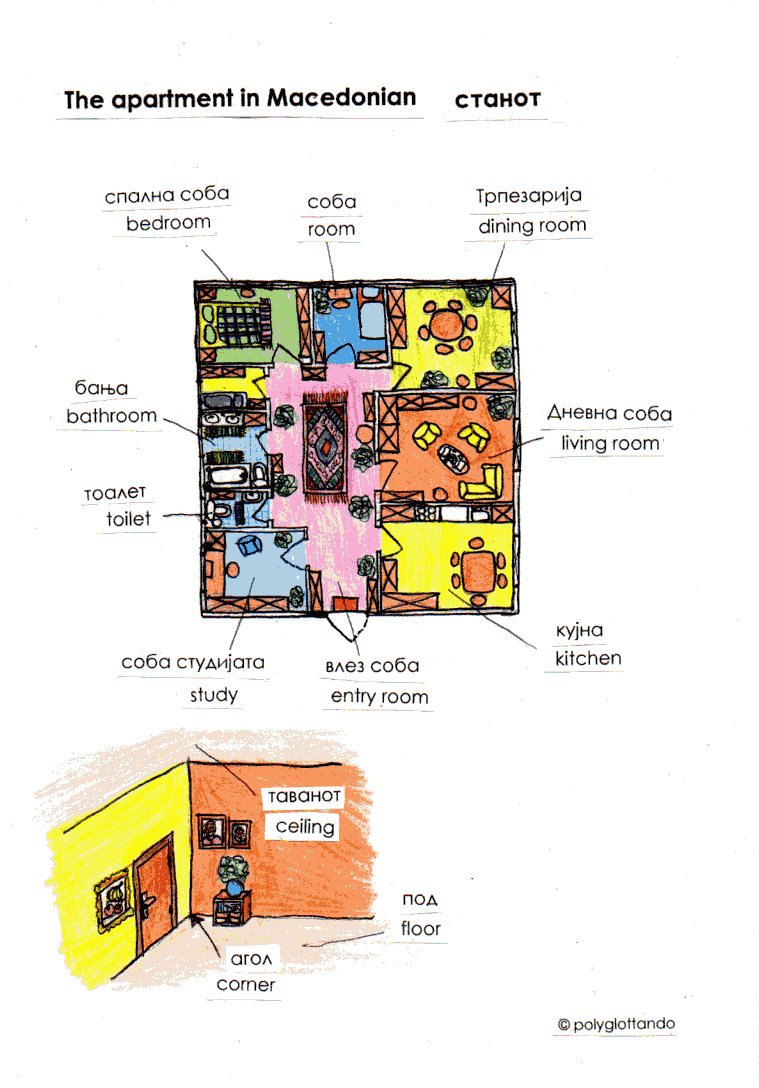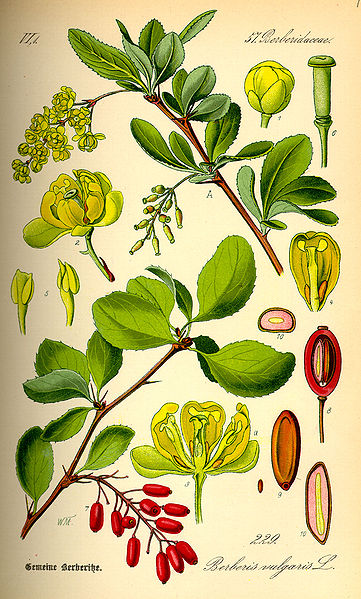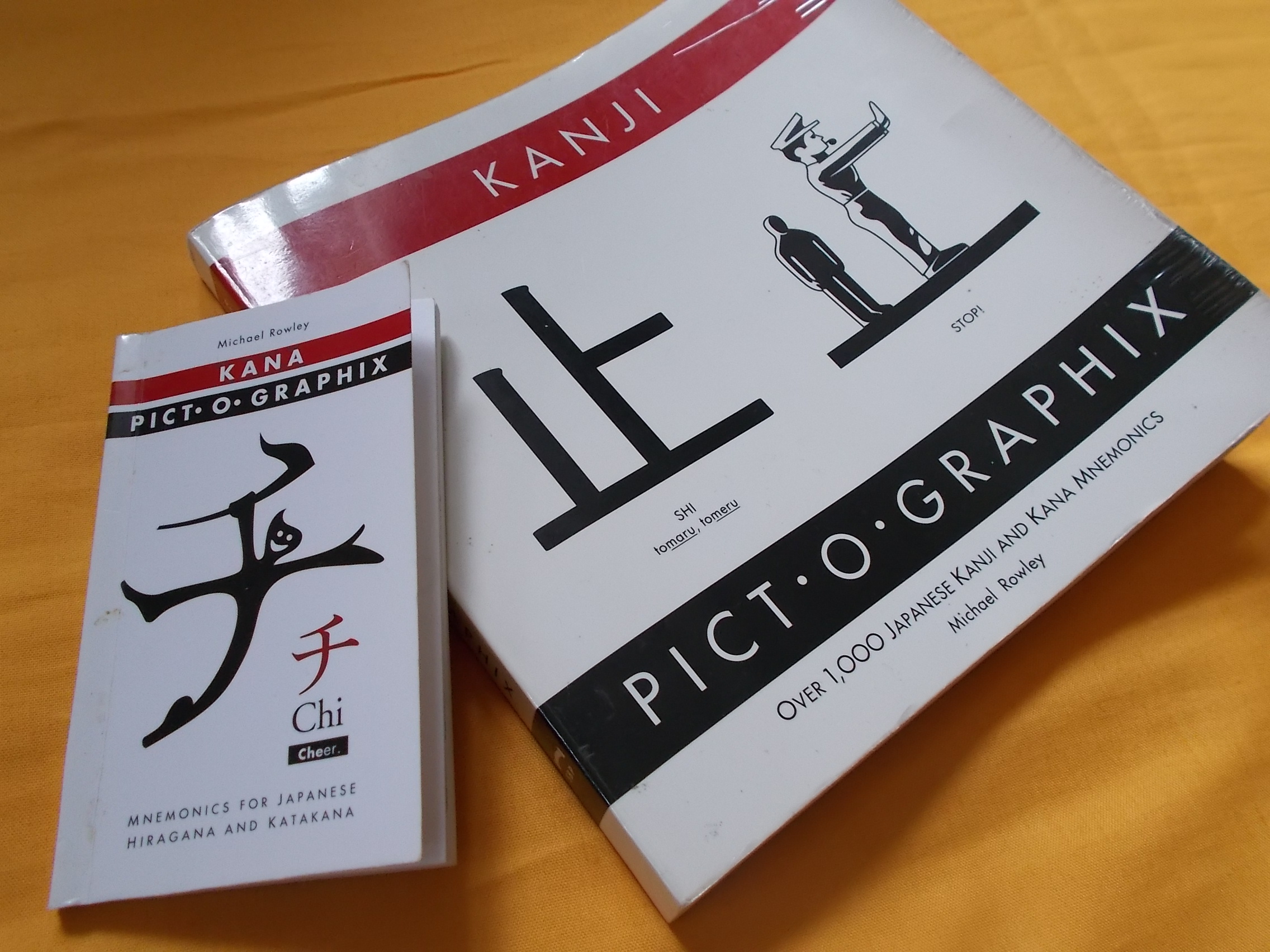Today’s blogpost will, again, lead us to South-Eastern Europe, namely to two closely related languages, Bulgarian and Macedonian, and the neighbouring language Albanian, which is unrelated to the other two. The vocabulary is the words for the different rooms of the apartment.
Monthly Archives: October 2015
Survival vocabulary in Bulgarian
Today’s blog post is taking us to South Eastern Europe, namely to Bulgaria and Bulgarian, which happens to be one of my favorite languages 😀 .
Here is some survival vocabulary:
Hello! Здравейте!
Goodbye! Сбогом! or Довиждане!
Thank you! Благодаря!
You are welcome! Моля!
Please Моля!
My name is…/I am… Моето име е….. or: аз съм….
What’s your name? какво е вашето име?
Where is….? Къде е…?
I don’t understand. Аз не разбирам.
Do you speak…? …English/Bulgarian Говорите ли …? ….английски/български
Focus on culture: Zereshk or barberries (Iran)
Today’s blog post is taking us to the Near East, and here in particular to Iran, and focuses on a particularity of the cuisine there, namely the berries called zereshk (زرشک) or barberries, as they are known in English.
Zereshk are the dried fruit of the Berberis shrub (Berberis integerrima ‘Bidaneh’), which is widely cultivated in Iran and can reach a height of up to 4 m. The plant is mildly poisonous except for its berries and seeds. The berries are very sour and have a tart flavor, and taste a bit like cranberries. They are rich in vitamin C and are used both for cooking and jam-making. A traditional dish in Iran is زرشک پلو (zereshk polow) or barberry rice, a dish of rice (pilaf) with spices, e.g. saffron, and zereshk-berries mixed into it. Other zereshk products include juice and zereshk fruit rolls.
Iran is the largest producer of zereshk, and zereshk and saffron are often produced on the same land and the harvest is at the same time. A garden of zereshk-shrubs is called zereshkestan ( زرشکستان) . The South Khorasan province in Iran is the main area of zereshk, and also of saffron, production in the world, especially the area around Birjand and Qaen.
Even though the barberry shrub is native to Central and Southern Europe, barberries are no longer widely known or used in Europe since the Berberis vulgaris (European barberry) is an alternate host species of the wheat rust fungus (Puccinia graminis), a grass-infecting rust fungus that is a serious fungal disease of wheat and related grains. For this reason, cultivation of barberries is prohibited in many places, e.g. in parts of Canada and the Unites States.
How to learn Japanese characters with visual mnemonics or visual clues
Today’s blog post is about Japanese again, this time about how to learn the Kana and Kanji characters easily with visual mnemonics. I’d like to introduce and review two books that I found very useful for learning and memorizing the characters, especially for strongly visual learners like I am. The books are entitled Kanji Pict-o-Graphix: Over 1,000 Japanese Kanji and Kana Mnemonics and Kana Pict-o-Graphix, both by Michael Rowley.
When I started to learn Japanese several years ago, I found it really very difficult to memorize the Kana syllabaries and kept forgetting the characters, and was unsuccessful in learning them for weeks. Until I came across the tiny booklet ‘Kana Pict-o-Graphix’, which helped me to learn both syllabaries in just two days (!), after having tried for so long! The strong point about the book is that it presents not only the character in a visual way, which in itself is really helpful for committing characters to memory, but it also provides a sentence with a clue on how to pronounce the Kana-character. This combined method really helps to retain the characters for a long time.
The book also exists for learning the Kanji, ‘Kanji Pict-o-Graphics’, and introduces about 1000 characters of the mandatory 1954 Japanese characters required for being able to read texts. Each basic character is rendered with a visual picture, which it also (mostly) retains in compound characters that follow which the book introduces. Each cluster of pictures for a character is then followed by a sentence that combines the elements into a small ‘story’ or memorable sentence, which helps you to recall them later on when you come across them again.
Here you can have a look inside the book: http://www.amazon.co.uk/dp/0962813702
I also use the 3 books ‘Remembering the Kanji’ by James W. Heisig, which have their own strengths and are more comprehensive, and which most learners use, but for me as a very visual learner using the ‘Pict-o-Graphix’ book is much easier to efficiently learn, retain and revise the Kanji.









